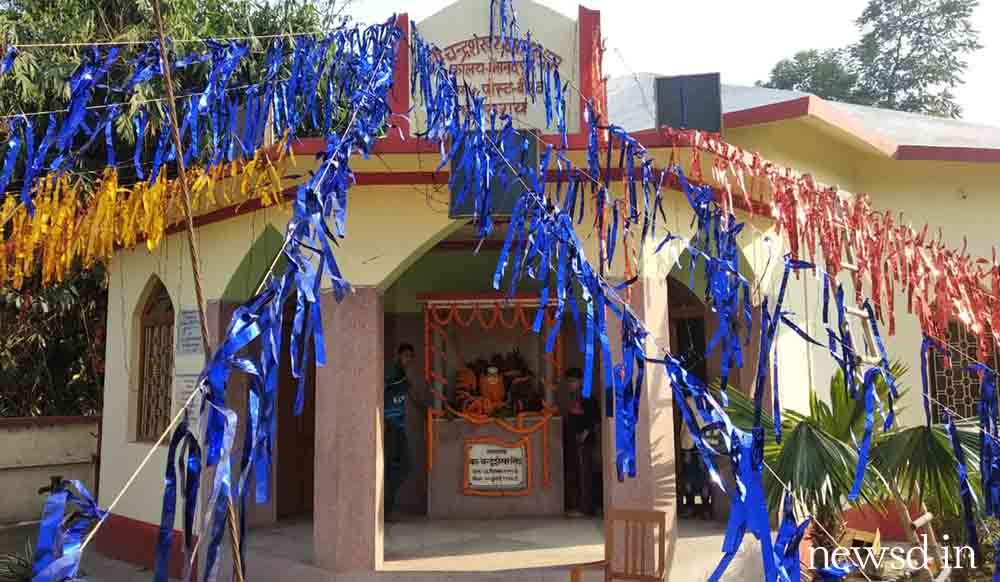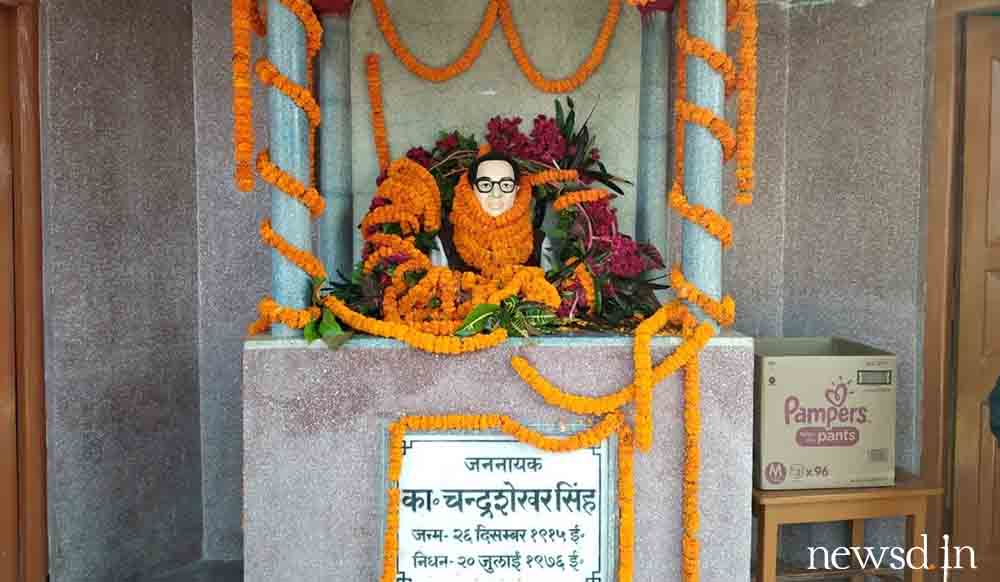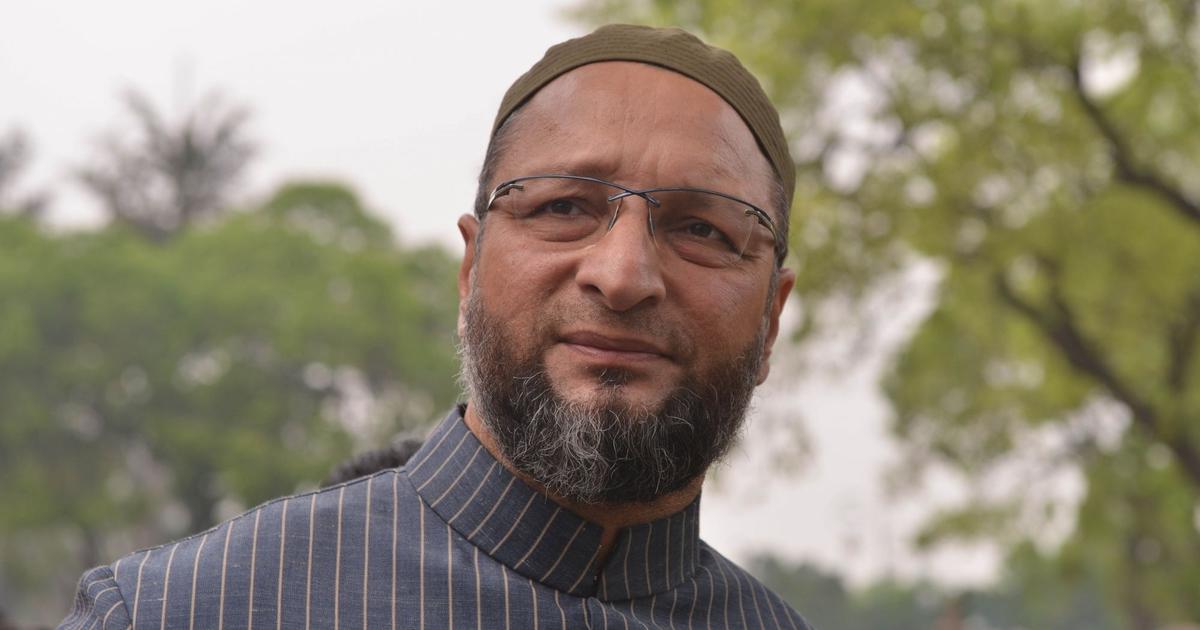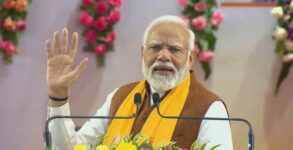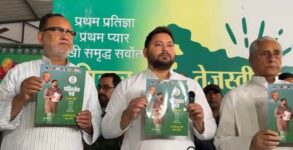Leningrad is the former name of Russia’s second largest city, Saint Petersburg after Moscow. This became a hallmark of the Russian revolution after 1917 as it has over 230 places associated with the life and activities of Vladimir Ilyich Lenin, the architect of the Soviet revolution.
Bihar’s Begusarai in sociopolitical context is popularly known as “Leningrad”. It has a history either less known or is a misinterpreted chapter of Bihar’s politics.
Begusarai is mainly dominated by the upper caste population (35% Bhumihars). Post-independence the city became the Industrial hub with industries such as Barauni Refinery, Barauni Thermal Power Station, Hindustan Fertilizers, etc. At first, Congress’s wind of development caught the imagination of masses as Ram Charitra Singh from Bihat village of Begusarai became the irrigation minister in state’s first chief minister Shri Krishna Sinha’s cabinet. In the midst, his son Chandra Shekhar Singh rebelled against his father’s political choice and founded the Communist Party of India (CPI) in Begusarai and from here the target was to transform Begusarai into Leningrad and Bihat into Mini-Moscow.
The man behind the making of Leningrad:
Chandra Shekhar Singh was credited to bring Communism to Begusarai and turning it into a red fort. Being the son of Ram Charitra Singh, it added value to his stature. He laid left’s foundation ideologically and organizationally by laying emphasis both on knowledge and cadre building whose result was the formation of a public library in the village which became the center of daily talk and friendly tussle. This created an environment of political awareness.
In 1962, Chandra Shekhar Singh for the first time stepped into parliamentary politics by becoming an MLA as CPI candidate from Teghra assembly constituency. He was the first elected leader of the communist party in whole Hindi-heartland including Bihar. The local newspaper of Bihar, The Searchlight came up with the headline on his victory- The first red star in Bihar assembly, Chandra Shekhar Singh. Locals of Begusarai remain in-debt to his efforts in the establishment of a thermal power station, the refinery and the fertilizer.
Industries of Begusarai were the first in India to have a township plan for settlement of respective workforce. In addition to this, one member of settled families were provided with job security and Chandra Shekhar Singh was the man behind this move.
One term MP and veteran leader of the CPI Shatrughan Prasad Singh says, “To understand the parallel discourse between Begusarai and Leningrad we must revisit the past of Naokothi land struggle where more than 3000 acres of land led by poor landless people against the landlords. This was Bihar’s first land movement. Since then more than 200 party members right from sitting mukhiya to sitting MLA, have been killed. These struggle of deprived class for livelihood paved path for a building of Leningrad.” This, in turn, made party people’s choice in parliamentary democracy.
All seven Assembly constituencies (Cheria Bariarpur, Bacchwara, Teghra, Mitihani, Sahebpur Kamal, Begusarai and Bakhri) and two Lok Sabha constituencies (Balia and Begusarai) once were bastion of the left led by CPI. CPI legislators from Teghra assembly seat got elected for more than four decades (1962 to 2010) at stretch which is a record in itself.
The organization has majority of upper caste leaders but the leadership had the blend of both the forward and backward castes leaders. It gave leaders like Ram Binod Paswan as a popular MLA. The balanced caste arithmetic helped the organization to garner support of all sections of society.
In those days a slogan used to resonate- Suraj Da ne pukaara hai, saanton seat humara hai– this reflected the strength of the left. Suraj Narayan Singh was a popular mass leader and was elected to Lok Sabha in 1980 from Balia constituency.
Major moves in the making of Leningrad:
Bihar’s Leningrad underwent a series of long and diverse struggles of which the CPI was the main architect and they can be summed up in three parts-
- The land struggle led by the CPI against the feudal lords which gave the landless population a dignified status with land and livelihood. Approximately more than thousands acres of land were taken from an illegitimate holding of landlords.
- The Industrial face of Begusarai had a lot to do with the left movement such as minimum wage, facilities to workers, etc. in which leaders like Shakuntala Devi, Rameshwar Singh, Devki Nanda had a vital role.
- The student struggle born out of expansion CPI’s organization is part contemporary politics which has gained momentum to a large extent.
On contrary, one section of society blames the communist party for a closure of factories due to excessive union interventions. But they are also annoyed about the way the government treated the employees of closed public sector units, denying them retirement benefits.
Lok Sabha elections 2019: Who could be the NDA’s candidate from Begusarai?
Historic relation between Sedition and Begusarai:
In 1960’s Kedarnath Singh, firebrand communist leader used to operate in hinterlands of Barauni, Teghara, Balia, Begulsarai, Bakhari. A lower court had convicted Kedarnath on sedition charges leveled by the police under sections 124A and 505B of the IPC. The Patna High Court had upheld a one-year sentence for Kedarnath. But the five-member Constitution bench of the Supreme Court overruled the lower court and the Patna High Court orders and Section 124A of the Indian Penal Code was clarified by the Supreme Court of India in Kedar Nath Singh vs State of Bihar (1962).
Mahagathbandhan, a new gamble for ‘Son of Mallah’ Mukesh Sahni in Bihar?
Above examples serve us with an understanding of rebellion upsurge of the communist party with stringent anti-establishment character. On above-mentioned events, veteran leader Shatrughan Prasad Singh reiterated, “I attended many of the revolutionary speeches that Kedarnath delivered in Begusarai’s hinterlands that were the bastion of the communist revolutionaries then. He, as others in the communist parties then, were opposed to the system and were trying to replace it. That was no wrong.”
“With deep cultural and political imprints of of icons like Ramdhari Singh Dinkar, Ram Sharan Sharma, Ram Charitra Singh whose reformist ideology helped set the socio-economic reform agenda in post-independence India, the village acquired a revolutionary tone and tenor said, Chiranjivi Prasad Singh, late retd. Head of the History Department, G.D.College.
In past few years, red bastion lost its shine electorally but after the incident of alleged anti-national sloganeering in JNU in which Kanhaiya Kumar was targeted, the hope to revamp the Begusarai’s base has doubled and efforts from all corners are coming in. To draw intricate lessons from the period between Chandrashekhar Singh to Kanhaiya Kumar, is an opportunity for the left to prevent itself from being left out.
Obituary: Journey of former Parliamentarian Capt Jai Narayan Prasad Nishad

